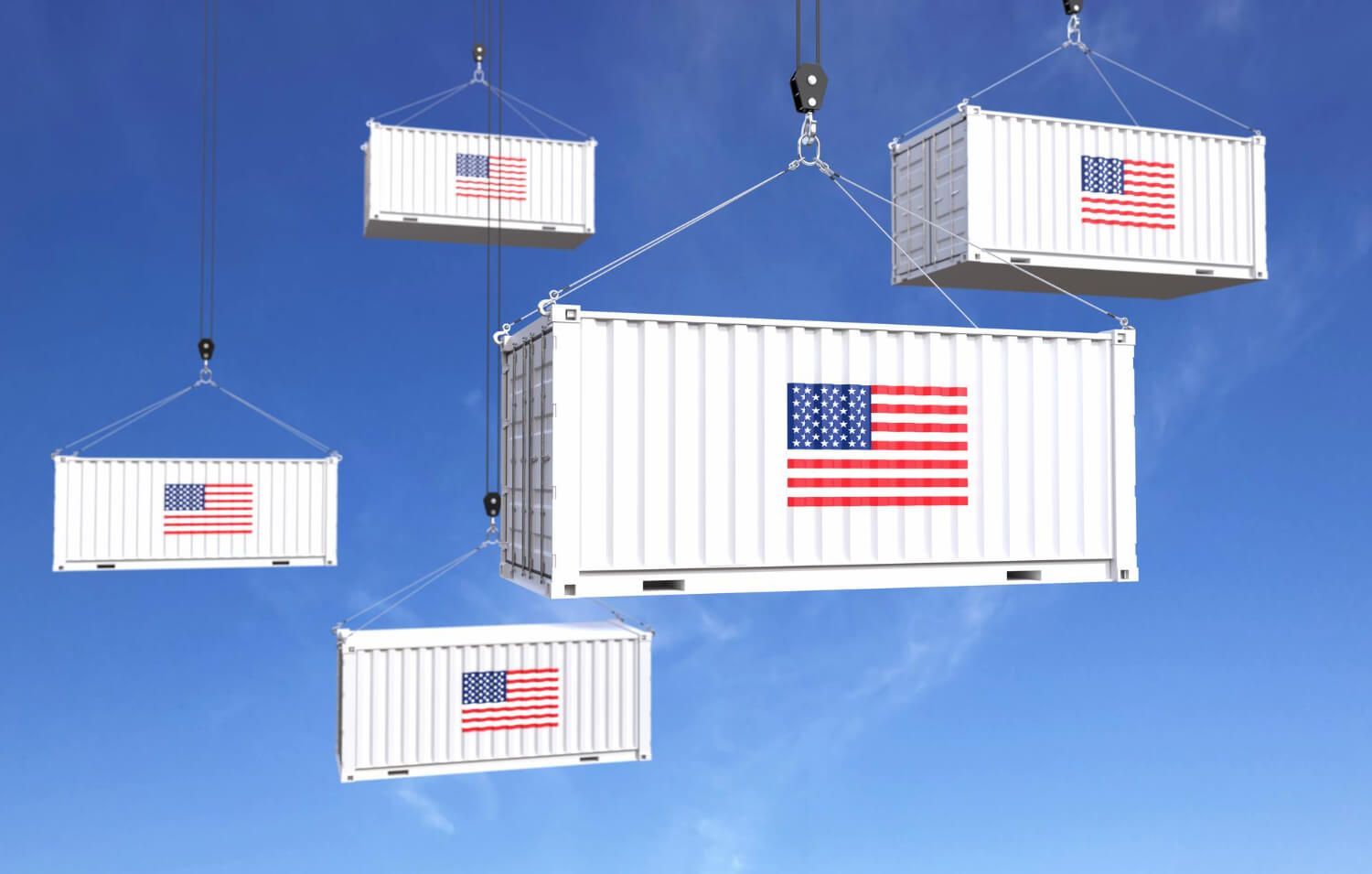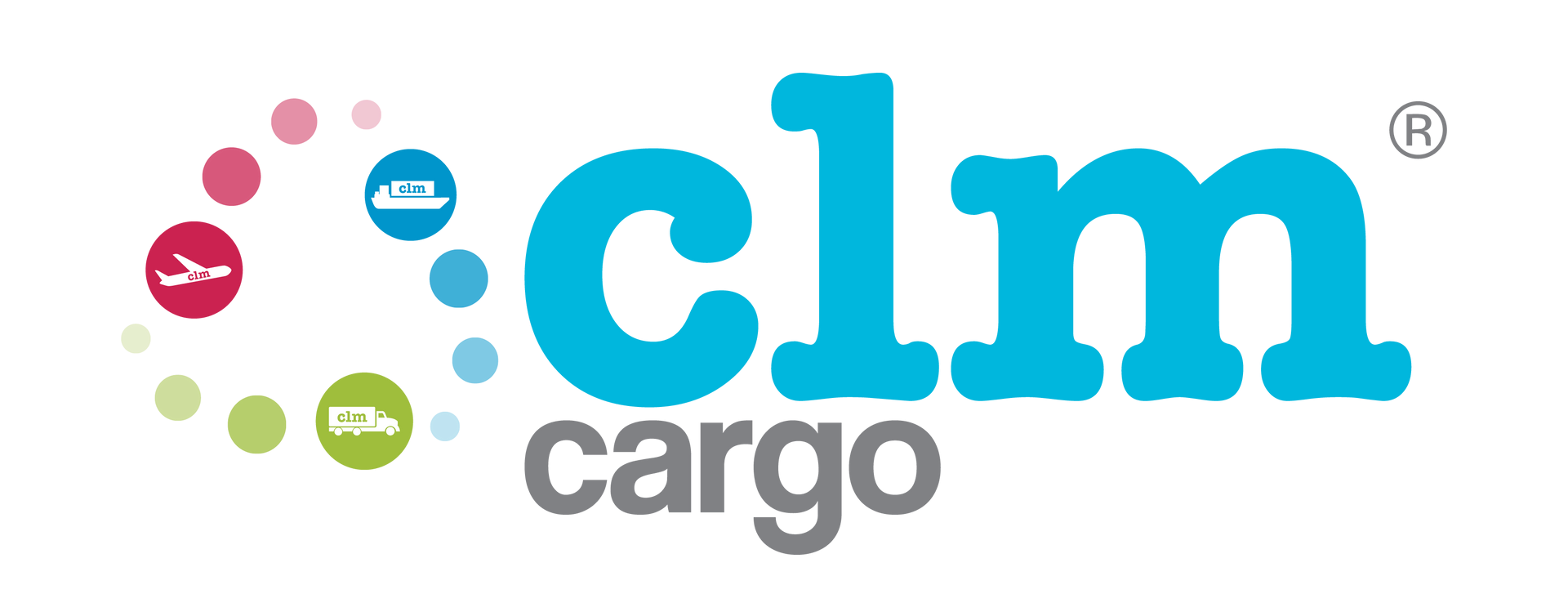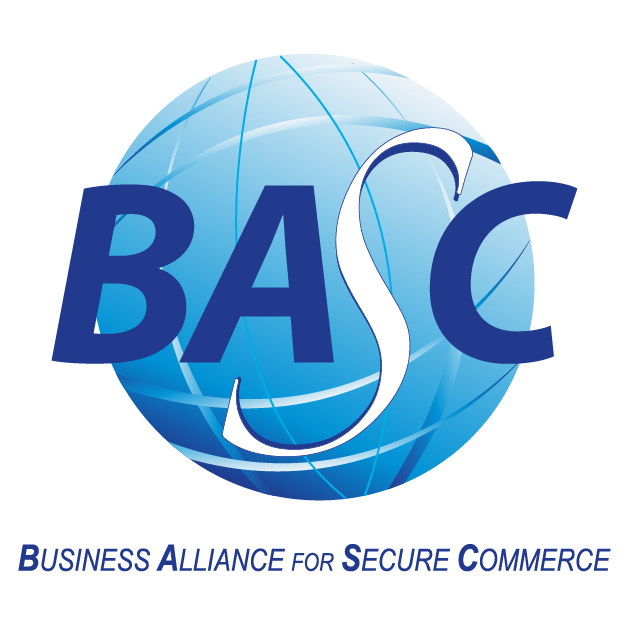Importing goods into the United States

International import operations into the United States represent a high-stakes component of global supply chains. Missteps in customs procedures, regulatory compliance, or logistical execution can generate delays, cost overruns, and reputational damage. This article provides a comprehensive guide for executives and logistics managers on how to design and execute a strategic import operation aligned with U.S. regulatory frameworks, optimizing operational performance and legal certainty.
Key topics include customs compliance, risk mitigation, Incoterms negotiation, bonded logistics, documentation workflows, port operations, and value-added services. The approach is structured sequentially and integrates the best practices of CLM (Commerce, Logistics, and Handling) to support decision-making at the management level.
Strategic Role of Imports in International Supply Chains
Import activities are not merely tactical; they are a core element of global value chains. For multinational operations and growing SMEs, the import function affects:
- Working capital (due to inventory-in-transit and customs clearance times)
- Contractual lead times and on-time delivery KPIs
- Regulatory risk exposure
- Total landed cost (TLC)
Senior managers must view import logistics as a strategic function integrated with procurement, compliance, and commercial performance—not as a downstream technical task.
Regulatory Framework: U.S. Import Authorities and Responsibilities
All import operations into the U.S. are governed by U.S. Customs and Border Protection (CBP), under Title 19 of the Code of Federal Regulations (CFR). Other agencies with jurisdiction may include:
- Food and Drug Administration (FDA) – food, drugs, cosmetics
- United States Department of Agriculture (USDA) – plants, seeds, wood products
- Environmental Protection Agency (EPA) – chemicals, vehicles
- Federal Communications Commission (FCC) – electronics
Key responsibilities for importers include:
- Classification under the Harmonized Tariff Schedule (HTSUS)
- Payment of applicable duties and fees
- Filing of accurate and timely entries
- Maintaining records for 5 years under the Mod Act
- Responding to audits (Focused Assessment and CEE reviews)
Documentation: Structure, Timing, and Legal Implications
Proper documentation is the backbone of a compliant and efficient import operation. Essential documents include:
- Commercial Invoice – must contain full item descriptions, value, and Incoterms
- Packing List – necessary for physical inspections and customs review
- Bill of Lading (B/L) or Air Waybill (AWB) – proof of transport and ownership
- Customs Entry (CBP Form 3461 and 7501) – formal entry and declaration
- Arrival Notice and Delivery Orders – required for terminal release
- Certificates of Origin, licenses, or agency approvals – based on commodity
Recommendation: Digitize and centralize documentation in a cloud-based Trade Compliance Platform (TCP) with multi-user access, version control, and automatic alerts.
Incoterms and Risk Allocation in Import Logistics
Incoterms 2020 published by the International Chamber of Commerce define the responsibilities and risks between the buyer and seller. The Incoterm chosen directly impacts:
- Who pays for international freight and insurance
- Who handles customs clearance
- Transfer point of risk and ownership
For U.S.-based importers, the most common Incoterms are:
- FOB (Free on Board): Risk transfers at the port of origin
- CIF (Cost, Insurance, and Freight): Seller arranges carriage and insurance
- DAP (Delivered at Place): Risk remains with the seller until delivery
Managerial Insight: Poor Incoterm selection can lead to unclear responsibilities, exposure to delays, and duplicated costs. Always align Incoterm use with contract terms and logistics capabilities.
Customs Clearance Workflow and Risk-Based Inspections
The customs clearance process generally includes:
- Arrival of cargo at port of entry
- Pre-entry review by customs broker using ACE (Automated Commercial Environment)
- Submission of entry documents (CBP 3461, invoice, HTS code, etc.)
- CBP screening, including x-ray or physical inspection
- Duty and fee assessment
- Cargo release and pickup
CBP uses risk-based targeting through the Automated Targeting System (ATS). High-risk shipments may face:
- Manifest holds
- Intensive exams (VACIS, CET, tailgate)
- Entry rejection or reclassification
Best Practice: Use Customs Bonds and Continuous Entry Filings to streamline high-frequency imports and reduce processing delays.

Bonded Warehousing and FTZs: Deferred Duties and Compliance Flexibility
Bonded logistics infrastructure provides opportunities for financial optimization and regulatory risk management.
Bonded Warehouses (19 CFR Part 19):
- Goods can be stored for up to 5 years without payment of duties
- Ideal for inventory control, relabeling, or re-export
Foreign Trade Zones (FTZs):
- Goods are not considered imported until released for U.S. consumption
- Allow duty deferral, reduction, or elimination
- Useful for light manufacturing, repacking, and distribution
Executive Insight: For high-volume or high-value shipments, leveraging bonded logistics can yield significant cash flow benefits and reduce customs penalties.
Port and Terminal Operations: Scheduling, Demurrage, and Delivery Coordination
U.S. ports operate under complex scheduling and billing systems. Managers must be aware of:
- Demurrage charges – incurred when containers remain at port beyond free time
- Detention charges – apply when chassis or containers are held after exit
- Terminal Appointments – some ports require advanced scheduling (e.g., Los Angeles, New York)
- Pier Pass or Infrastructure Fees – common on the West Coast
Actionable Step: Negotiate extended free time and priority discharge with carriers for time-sensitive imports.
Customs Broker Management and Internal Controls
Working with a licensed U.S. customs broker is essential, but internal oversight is still the importer’s responsibility. Best practices include:
- Implementing Broker SOPs and SLAs
- Conducting entry audits for classification accuracy
- Maintaining a Power of Attorney on file with expiration controls
- Using post-entry review protocols to identify overpayments or errors
Recommendation: Assign a compliance officer or import manager to coordinate with brokers and ensure procedural alignment across supply chain units.
Value-Added Logistics Services (VALS)
Import operations can be optimized with logistics services that integrate compliance and operational efficiency:
- Labeling and packaging compliance
- Cross-docking for retail replenishment
- Temperature-controlled storage
- Inventory segmentation for ecommerce
- Customs data analytics to monitor HTS usage, duties, and entry patterns
Insight for Decision Makers: These services reduce inventory dwell time and support Just-in-Time (JIT) logistics models.
Risk Mitigation and Contingency Planning
To ensure resilience in your import supply chain, managers should develop:
- Customs risk matrices (by port, product, vendor)
- Contingency routing options (air vs. ocean freight)
- Compliance escalation protocols
- Vendor audit programs
- Insurance coverage for delay and damage
The Strategic Import Blueprint
A well-structured U.S. import operation is not only about getting goods from point A to B—it’s about legal compliance, financial optimization, and logistical precision.
By integrating customs strategy, bonded logistics, digital documentation, and performance-based vendor management, companies can:
- Lower their total landed cost
- Reduce compliance risk exposure
- Improve service level performance
- Enhance supply chain visibility and agility






